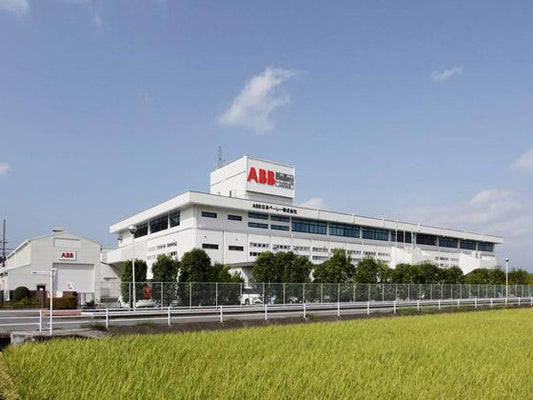The Honeywell FSC: Bridging Safety with Operational Excellence
Honeywell’s Fail Safe Controller (FSC) reshapes the automation safety landscape. It doesn’t just meet standards—it leads with purpose and precision. By supporting SIL-certified applications, it gives engineers a reliable path to high-integrity operations.

QMR® Technology Delivers Unmatched Resilience
FSC adopts Quadruple Modular Redundant (QMR®) architecture to eliminate system failure risks. With four processing paths in play, it ensures uninterrupted performance, even under fault conditions. I see this as an essential foundation for safety-critical systems.
Safety Is No Longer a Trade-Off
Traditionally, safety and performance conflicted. FSC breaks that compromise. For instance, burner management and ESD systems no longer need isolated setups. Instead, Honeywell unifies safety and control under one dependable framework.
Seamless Integration Improves Lifecycle Efficiency
The real brilliance lies in FSC’s integration with Honeywell’s TotalPlant Solution. Operators don’t juggle between systems—they monitor safety, operations, and control in a single environment. This saves time, reduces complexity, and improves collaboration.
A Game-Changer for Critical Applications
Whether it’s turbine protection or fire and gas systems, FSC handles it all. It enables real-time responses that prevent catastrophe. In environments like refineries and offshore rigs, that speed and precision save lives.
Designed for Today—Built for Tomorrow
Honeywell future-proofs its platform by embracing modularity and scalability. I believe this matters greatly, especially as plant infrastructures grow more sophisticated. FSC stays agile amid that transformation.
Conclusion: Why FSC Sets the Benchmark
I believe FSC isn’t just another safety controller—it’s a blueprint for integrated protection. With proven QMR® reliability and unified visibility, it gives teams control over complexity. That makes it not just relevant, but indispensable.

